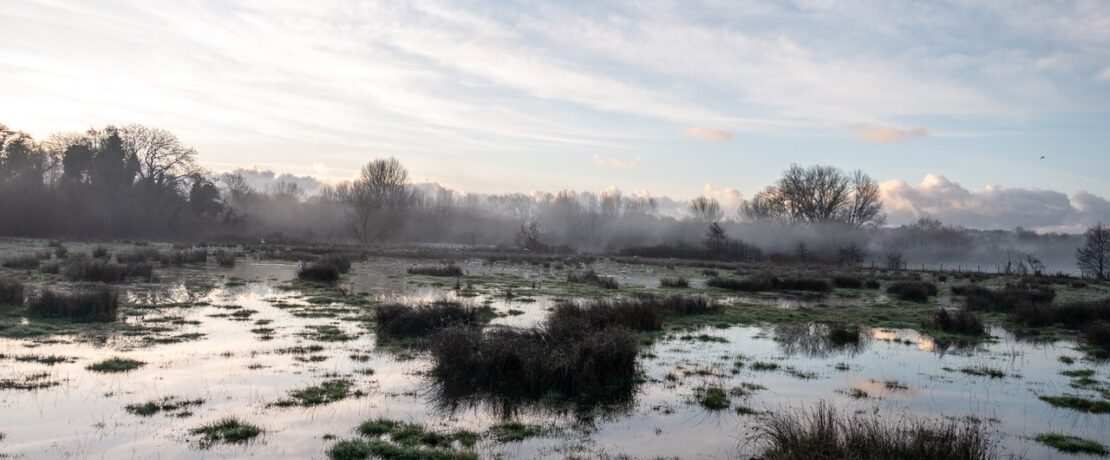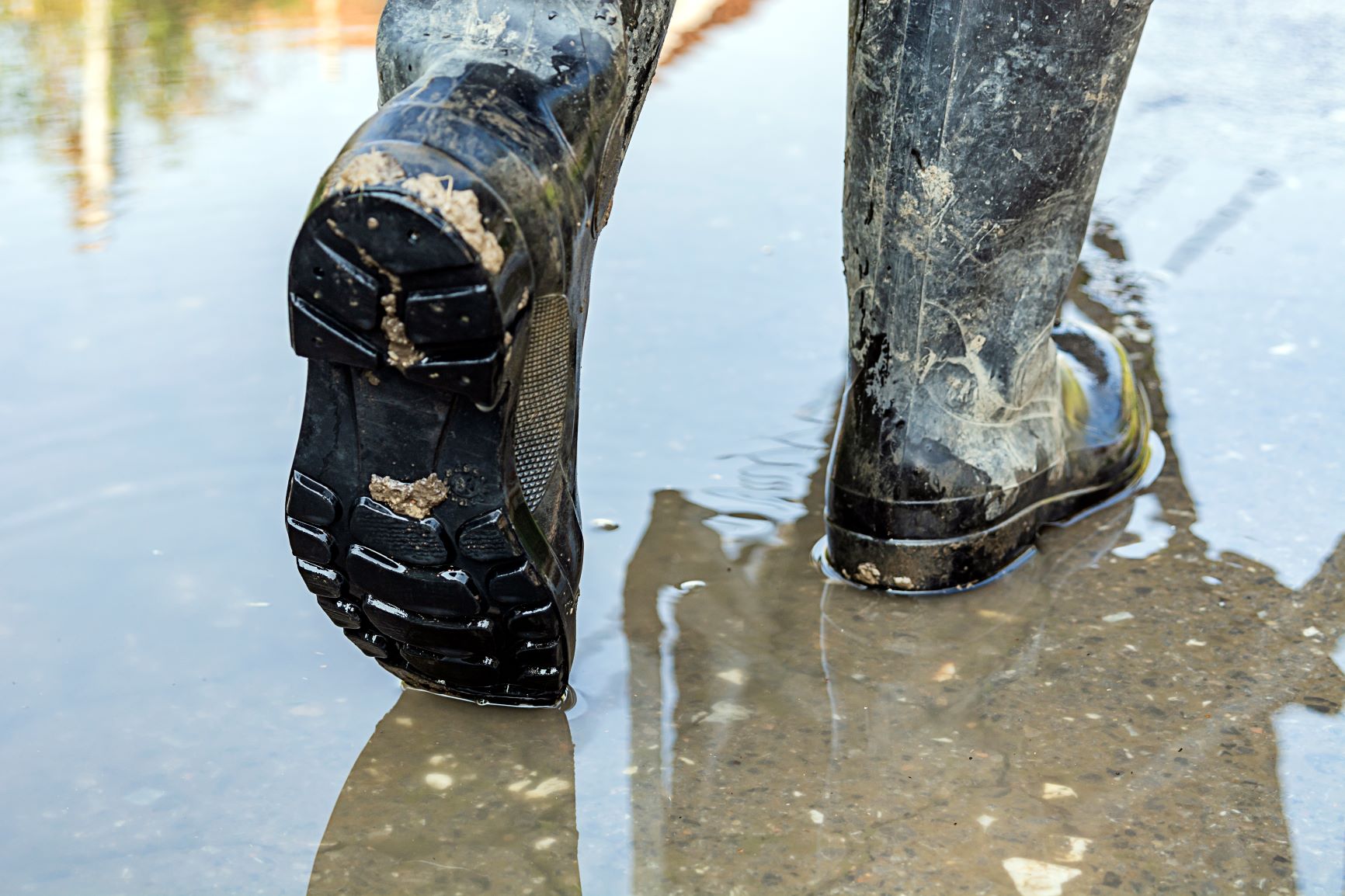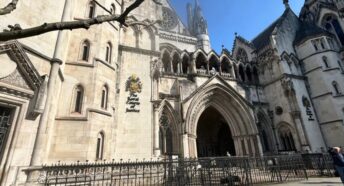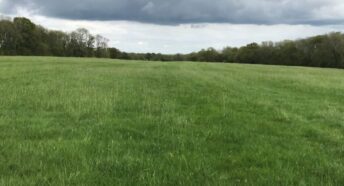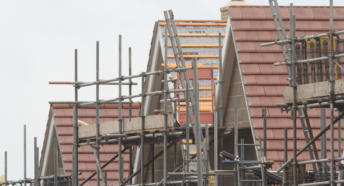‘Even by today’s dismal standards, this planning decision is a shocker’
Even by today’s dismal standards, the decision to allow the appeal by Gladman Developments for 250 homes at Ham Road, Faversham, is a shocker. We are well used to poor planning outcomes here at CPRE Kent, but this one is staggering.
The inspector who determined the decision agreed that there would be a whole list of serious planning harms:
- The site is at known risk of both tidal and surface-water flooding.
- It sits within an Area of High Landscape Value and includes Best and Most Versatile (BMV) agricultural land.
- The development will erode the setting of listed buildings, destroy land of clear ecological value and eliminate a well-used footpath.
- It conflicts with Swale’s adopted Local Plan and is contrary to Faversham’s recently-adopted Neighbourhood Plan, which had painstakingly only just been put together by the people of Faversham.
- It will not necessarily deliver the tenure of affordable housing identified as most needed by the borough.
- The applicant doesn’t even own or have control over all the land involved, but that’s apparently OK as the applicant’s business model is not to actually build homes – rather it is to simply take a profit from the grant of planning permission and then move on to the next speculative application.
Yet this speculative proposal has been approved. Why? Primarily because Swale Borough Council has a relatively modest housing shortfall when assessed against a frankly ridiculous target number (which itself is a topic for another day).
The inspector’s conclusions on flood risk in particular are already causing shockwaves across the planning world. This is because the site clearly fails a core policy designed to direct development away from areas at risk of flooding – this is known as the sequential test, an entirely sensible idea that developers should look elsewhere before trying to build on areas known to be at risk of flooding. The reason the applicant failed the test? Simply because it didn’t bother to do it in the first place.
Yet the inspector’s conclusion is that although a sequential test was not carried out, there is “no real-world harm” because the developer proposes to reprofile the land so that homes will sit 300 mm above the projected flood level that the current flood model has decided is the likely worst-case future scenario.
In an era of increasing climate risk, we think this sets a dangerous precedent that erodes the fundamental flood safeguards intended to keep people safe. We are now officially in the territory where meeting critical flood-protection policy is seemingly optional as it’s outweighed by unevidenced centrally-set housebuilding targets.
Those supporting the decision will be pointing to the fact it will deliver much-needed housing, including affordable housing. We at CPRE Kent agree building much-needed housing, and in particular affordable housing, is a very good thing. However, and as pointed out above, the applicant doesn’t build houses nor own all the land. Inevitably, there will now be a long, protracted period of finalising the land assembly and then selling it on to an actual housebuilder.
In terms of affordable housing, Swale Borough Council’s need is for 90 per cent of affordable homes to be social rent, which is the most genuinely affordable tenure. The inspector had the opportunity to lock this in at decision stage. Instead, the legal agreement allows a “starting point” of 90 per cent affordable rent or social rent.
Given the Gladman business model of selling sites post-consent, it is CPRE Kent’s view that this flexibility will inevitably be exploited, with the developer that buys the site likely to argue ‘viability’ and seek to reduce both the percentage and tenure mix. This is particularly so when the additional land-acquisition cost and flood-mitigation costs are accounted for.
To us, this decision is a perfect encapsulation of all that is wrong with our planning system. We are allowing speculative developers to win permission on wholly unsuitable sites, in open defiance of well-established environmental protection policies, adopted Plans, local democracy… though, most of all, common sense.
Yet, Swale Borough Council also shares responsibility. The failure to even properly start getting a Local Plan in place has created a planning vacuum ripe for exploitation. CPRE Kent explicitly warned the council in December 2024 against deferring its Local Plan while awaiting the outcome of the Highsted Park application for 8,400 houses south of Sittingbourne.
As we stated then, there is no guarantee a delayed Local Plan timetable would achieve anything other than extending the length of time the district is subject to yet further speculative development and planning by appeal.
The Ham Farm decision should be a wake-up call. A draft Plan must be published as soon as possible, setting out clearly which sites are – and are not – considered suitable for development.
With the Highsted Park inquiry now dragging on into at least October and a decision seemingly unlikely this year, there can be no more sitting back to wait and see. Rather, Swale needs to take back control of the planning process and defend what remains of the district’s precious countryside.
Communities deserve far better than development by appeal, especially when it means building houses on floodplains in an era of climate crisis.
